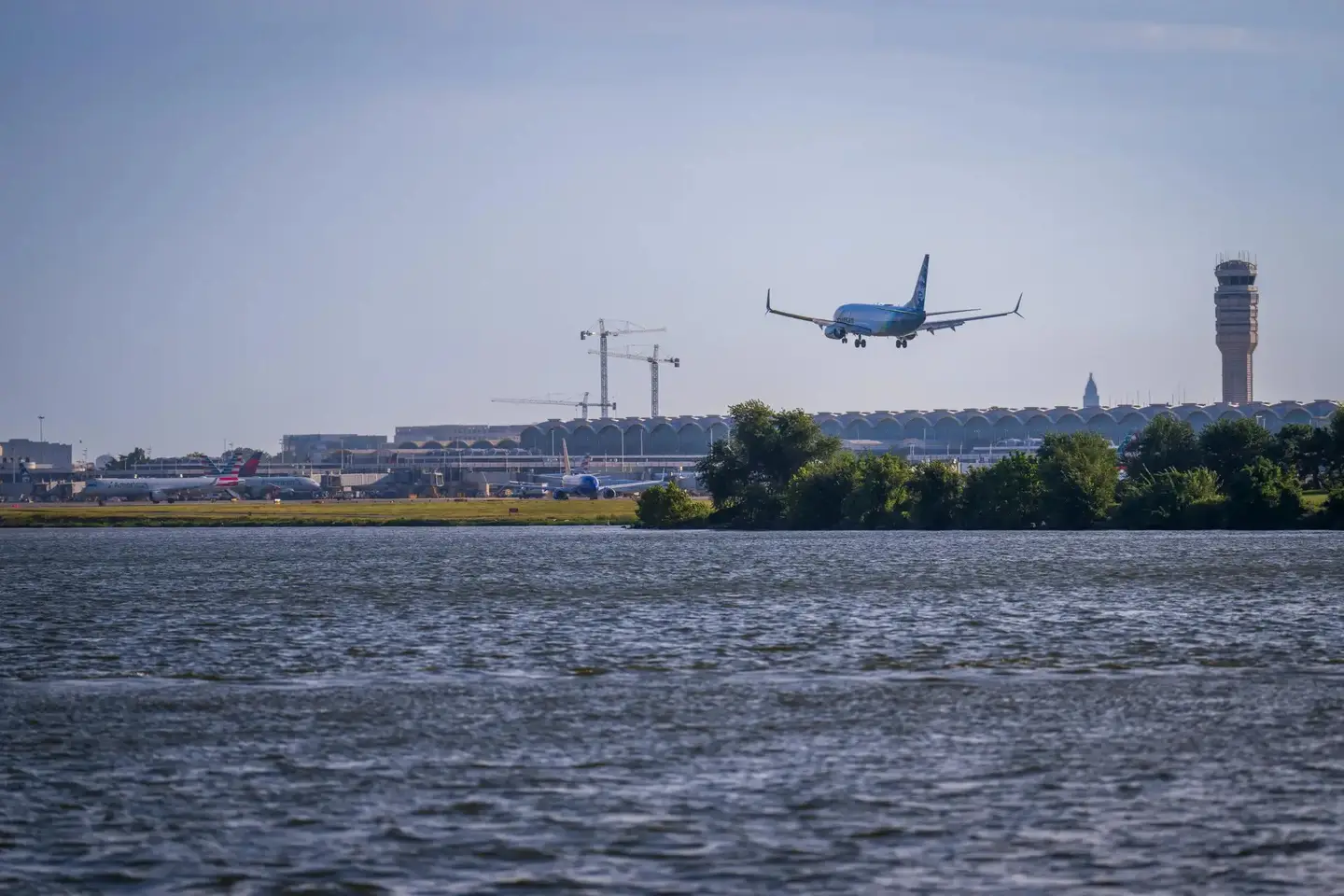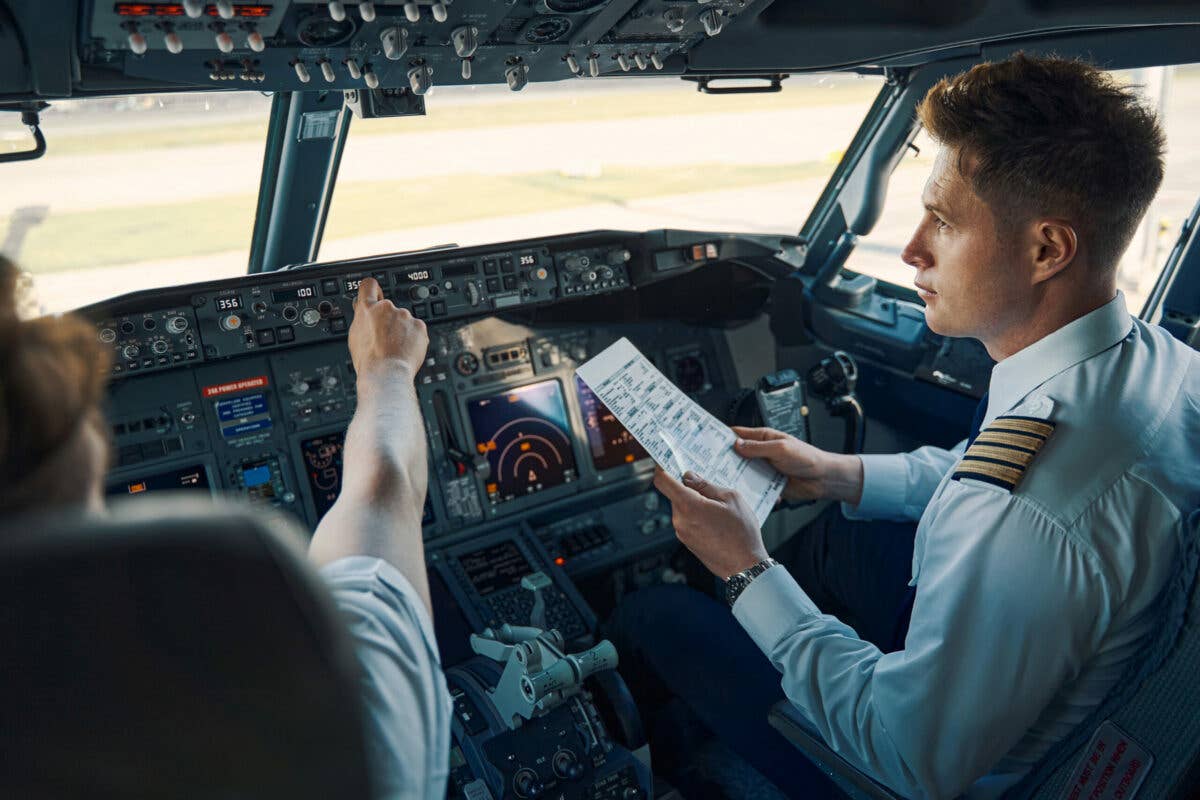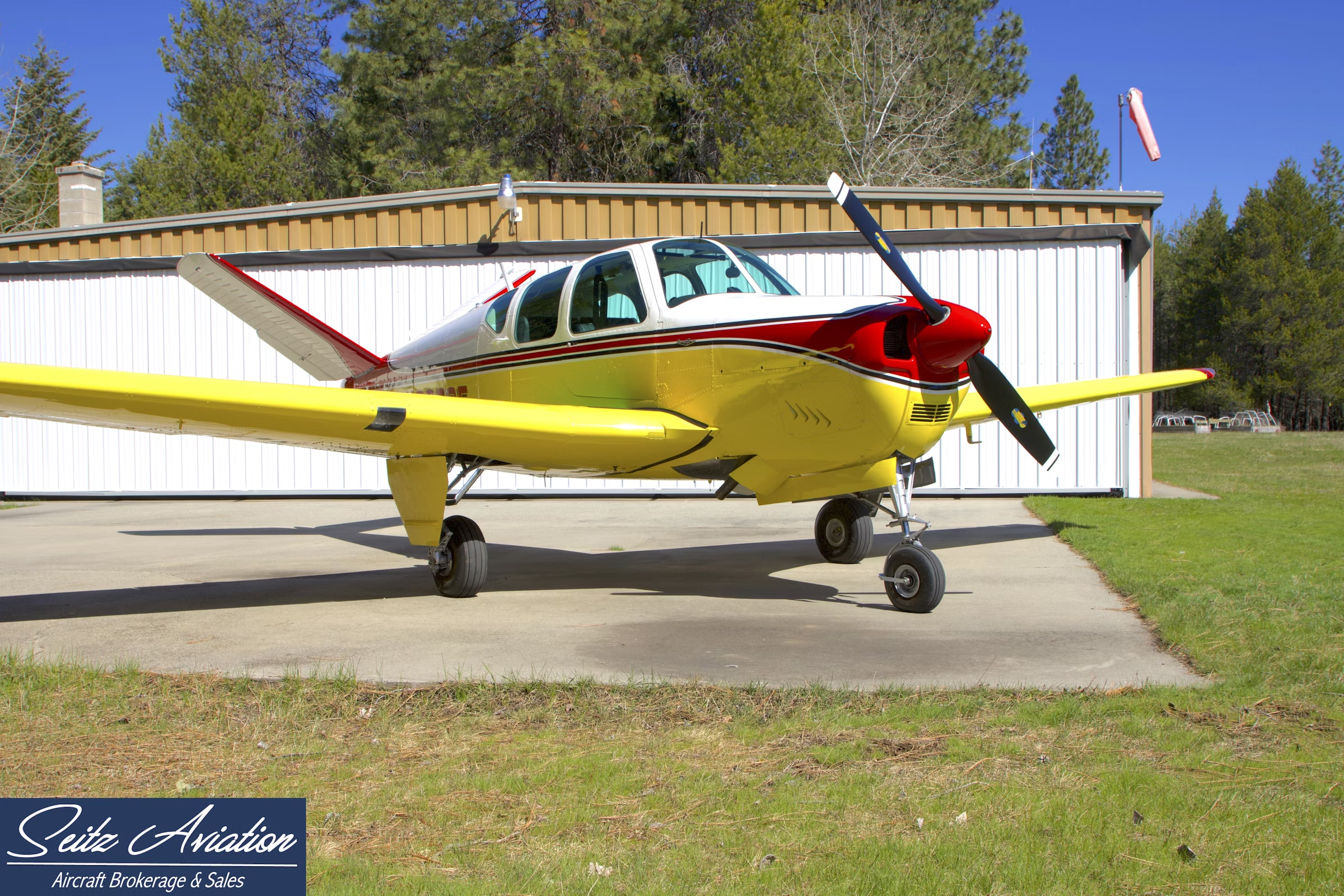Dorsal Fins: Why Do Airplanes Have Them—or Not?
They’re not just some added lateral area—they’re a vortex generator.

The dorsal fin is a curiosity. Some airplanes have them, some don’t. [Getty Images]
Reluctance to throw useless things away has at least one benefit: After a sufficient passage of time, they become historical artifacts.
I still have 14 single-spaced typewritten pages chronicling the first five months of flying my first homebuilt, Melmoth, in 1973-74. The document, now slightly frayed but bidding fair to defy the silverfish for another century or two, ends with the admission that “it is getting tedious and pointless to record all these trivia.” Rereading it today, I came to the same conclusion well before the final page.
If you're not already a subscriber, what are you waiting for? Subscribe today to get the issue as soon as it is released in either Print or Digital formats.
Subscribe NowBut it does contain a few bits of information I find interesting. One is that after having flown Melmoth less than an hour and finding that it shook its booty provocatively with flaps down, I got a Cessna dorsal fin from a junkyard in Long Beach, California, and, in the true spirit of old-fashioned homebuilding, secured it to the airframe with duct tape. What I hoped to gain from it was better directional stability, but any improvement was most likely psychological. Dorsal fins don’t do much for directional stability.
The dorsal fin is a curiosity. Some airplanes have them, some don’t.
Prior to 1936 or ’37, they existed only on fishes. Even after they began to sprout on airplanes, they didn’t appear everywhere. No Luftwaffe planes had them. Few Allied fighters did—the P-51 was one.
- READ MORE: They Just Didn't Have the Wright Stuff
To the extent that they were adopted at all, they seem to have come in two species so different in appearance from one another that it’s hard to believe they served the same purpose.
One was a low, straight blade emerging from the top of the tail cone and meeting the leading edge of the vertical fin at a sharp angle—the type you usually see today. The other was a big curved extension of the lower part of the fin. The big curved version was the one that turned up on the B-17 and B-29—the P-51 had the straight blade.
I’m not enough of an historian to be able to say where the first dorsal appeared.
The earliest DC-3s did not have dorsals, but they began to appear around 1936. One account states that the dorsal was intended to cure a tendency of the airplane to pitch down in a sideslip. If so, it was moonlighting. That’s not its normal job.
An alternate version of history gives the credit to Boeing.
The 1935 prototype of the B-17 had a tall, narrow fin and no dorsal. The fin’s straight leading rose almost vertically from the fuselage without even the apology of a fillet. While the Army Air Force delayed ordering the B-17—the prototype had crashed when test pilots forgot to remove the control locks—-Boeing combined the B-17’s wings and tail with a fat airtight fuselage seating 33 to make the Model 307 Stratoliner, the first pressurized airliner.
Unfortunately, on a demonstration flight—one of the things being demonstrated may have been the ability of the four-engine airplane to remain controllable with two engines out on the same side—a 307 got into a flat spin and shed its wings during the recovery.
That crash, like the other, was blamed on pilot error, but somebody in the company must have suspected that directional stability or control had something to do with it.
The lower part of the 307’s fin subsequently acquired a huge dorsal extension. The B-17 followed suit, and after it the B-29. Those airplanes defined one classic vertical-tail profile—a rounded tip, the upper portion of the leading edge straight, and then a big arc down to the fuselage.
- READ MORE: Explaining the Fiction of Minimum Speed
Meanwhile, around 1940 in Japan, a dive bomber called the Aichi D3A “Val”—one of the types used in the attack on Pearl Harbor—acquired a dorsal fin, purportedly to remedy its poor directional stability. This dorsal was of the blade variety and quite different in appearance from the ones on the Boeing bombers.
While the natural assumption about a dorsal fin—the assumption under which I taped one onto Melmoth—is that it enhances directional stability, that isn’t really its strong suit. (Actually, ventral fins are better.) The dorsal’s real function has to do with a phenomenon that most of us have never experienced and many have never heard of—rudder lock.
From the pilot’s perspective, the amount of pedal pressure required to achieve a certain angle of sideslip increases up to a point, but if something—violent maneuvering, a gust, an incipient spin—drives the airplane to a still larger sideslip angle, the pedal’s resistance begins to diminish and eventually reverses. The pedal pulls away from the pilot’s foot, and the rudder goes to its stop and stays there. The pilot has to push hard on the high pedal to break the rudder loose and center it again. That’s rudder lock.
The reason a rudder locks is that it’s stalled. It needs air flowing at high speed over its outer surface to pull it back toward center. The effect of the dorsal fin is to delay rudder stall by maintaining high-energy flow over the fin and rudder. The dorsal fin is not just some added lateral area, It’s a vortex generator.
When airplanes were small and slow, pilots could easily overcome a locked rudder. That’s why, until the middle of the 1930s, dorsal fins were not needed. As airplanes became larger and faster, however, freeing a locked rudder became more and more difficult, not to say impossible, and dorsal fins began to appear.
When a similar blade-like extension is placed ahead of the root of a wing, it’s called a strake.
Classic examples can be seen on the SR-71 and the F-18. At large angles of attack, a strake generates a vortex that rolls over the upper surface of the wing like a breaking wave. It pulls high-energy air with it to drive back the “dead air” creeping forward from the trailing edge.
Air striking a dorsal fin at an oblique angle behaves the same way. It breaks over the sharp upper edge—dorsals have sharp upper edges, not rounded like the leading edges of wings—into a mini-tornado that scours stalled air away from the surface of the fin and rudder.
In the ’50s and ’60s, when controls were mechanical or only mildly boosted, dorsal fins had their heyday. Today many planes don’t have them, either because their powered controls do not allow the rudder to move on its own, or because they have been shown to be, for whatever reason, inherently free of rudder lock.
As the people who put swept fins on Skyhawks well knew, however, looks count and the vertical tail is an airplane’s movie profile. And so I’m inclined to suspect that a few dorsals may be there for sentimental reasons. They look nice.
This column first appeared in the November Issue 952 of the FLYING print edition.

Sign-up for newsletters & special offers!
Get the latest FLYING stories & special offers delivered directly to your inbox







